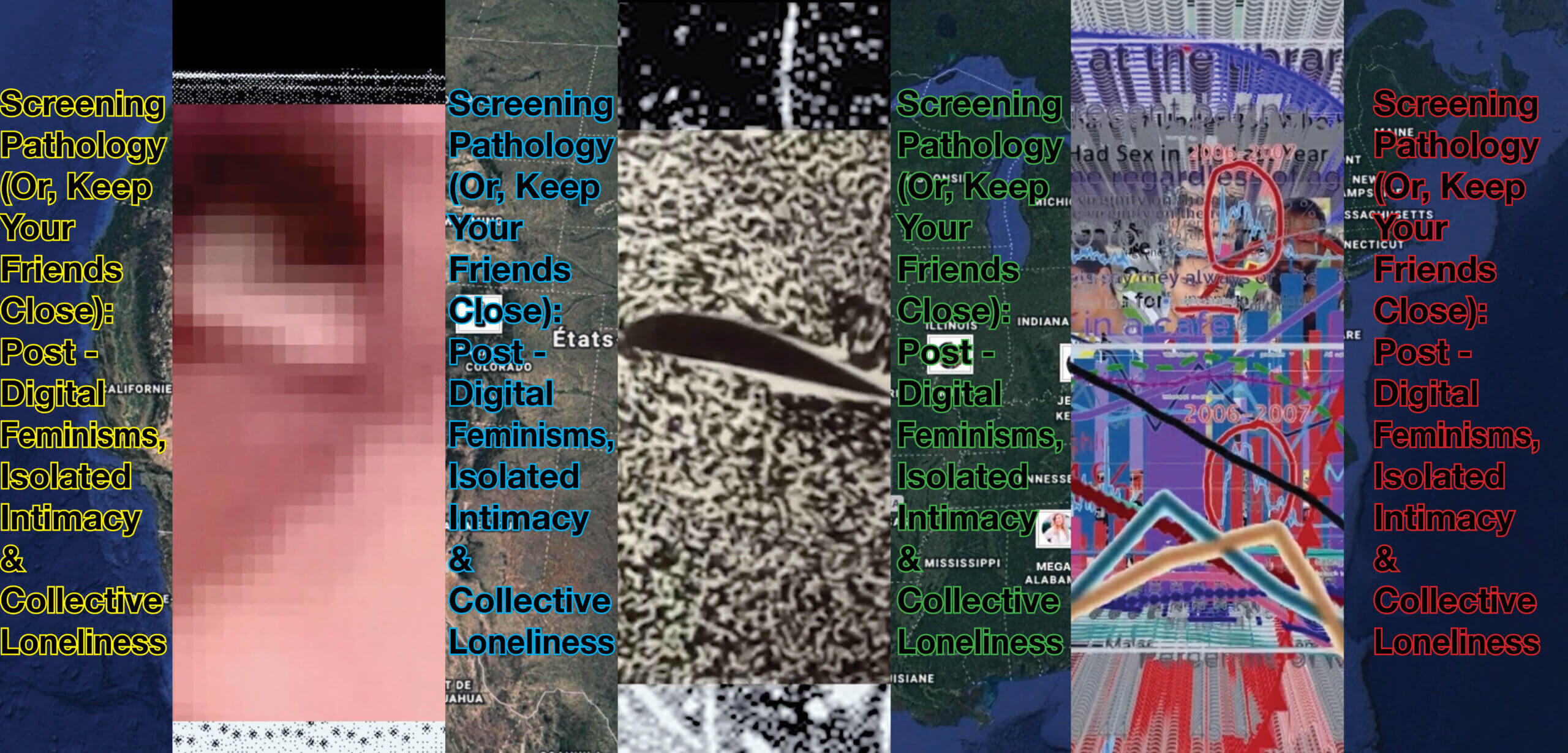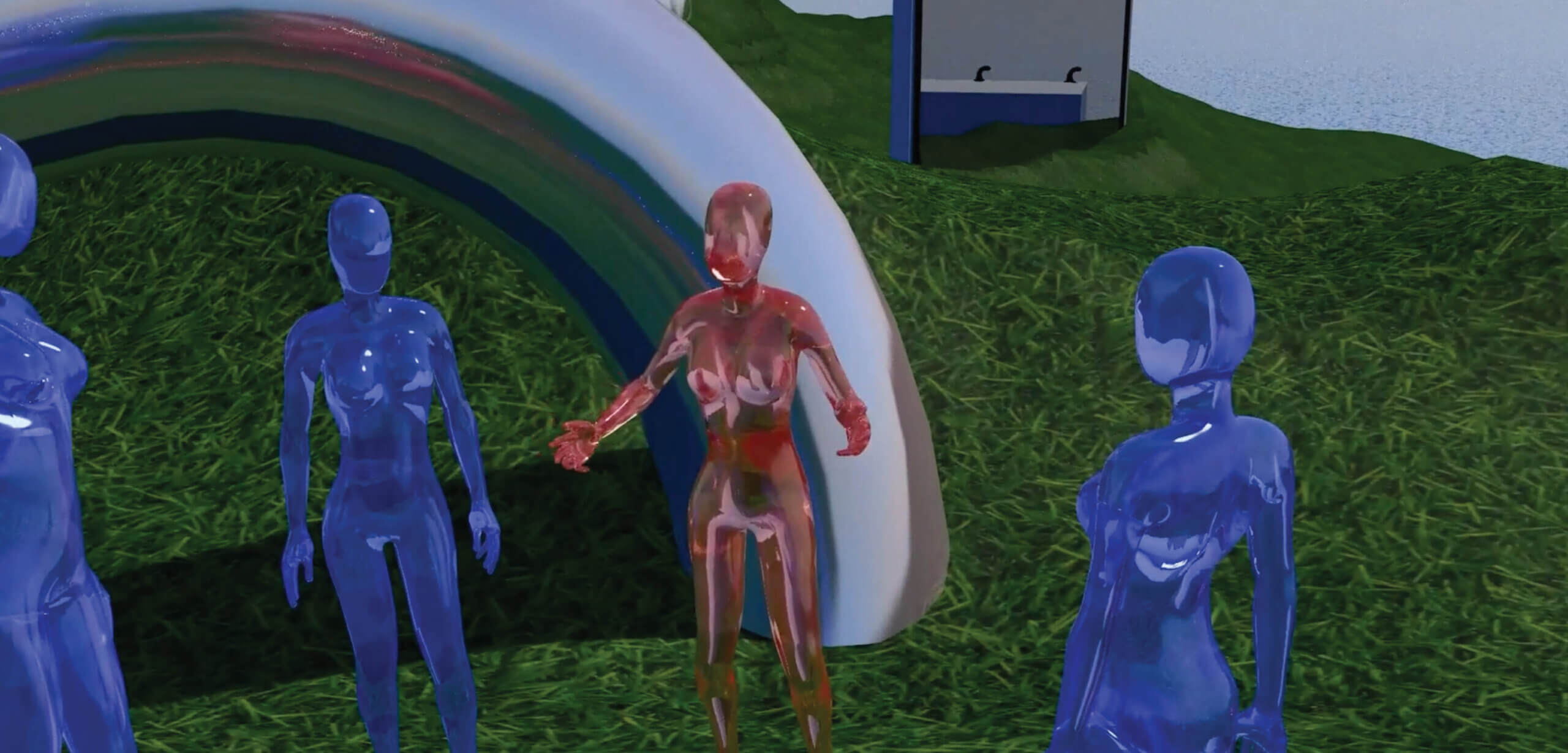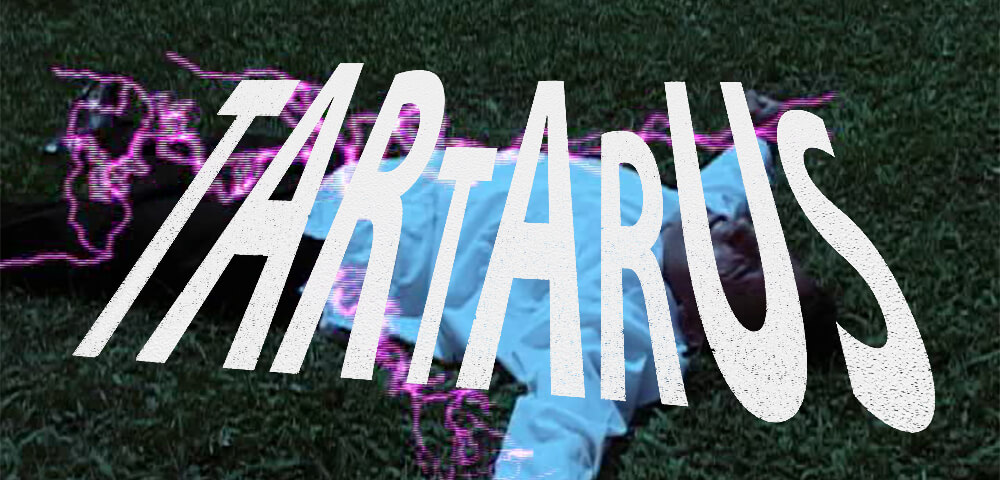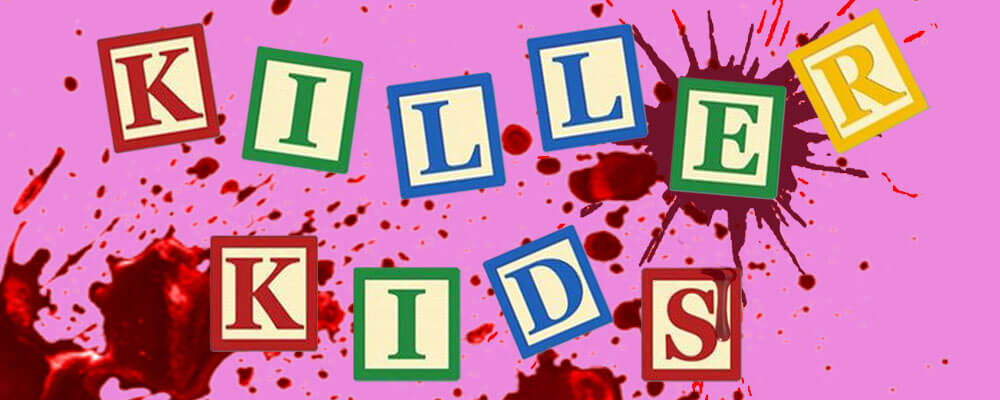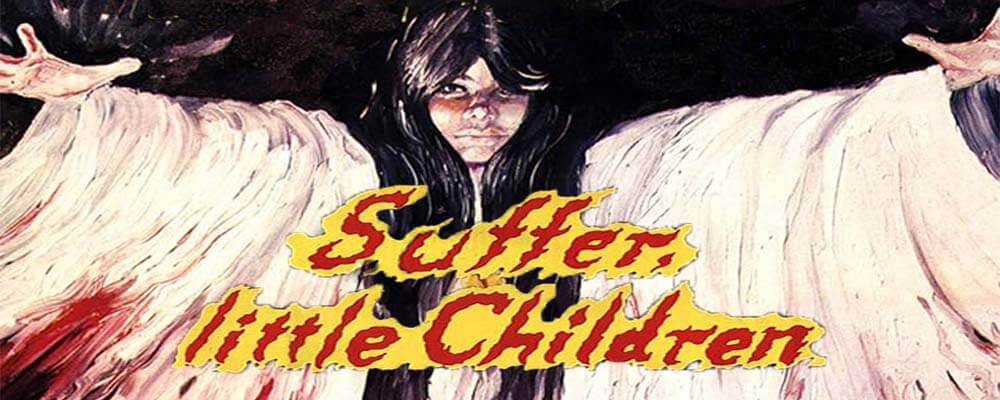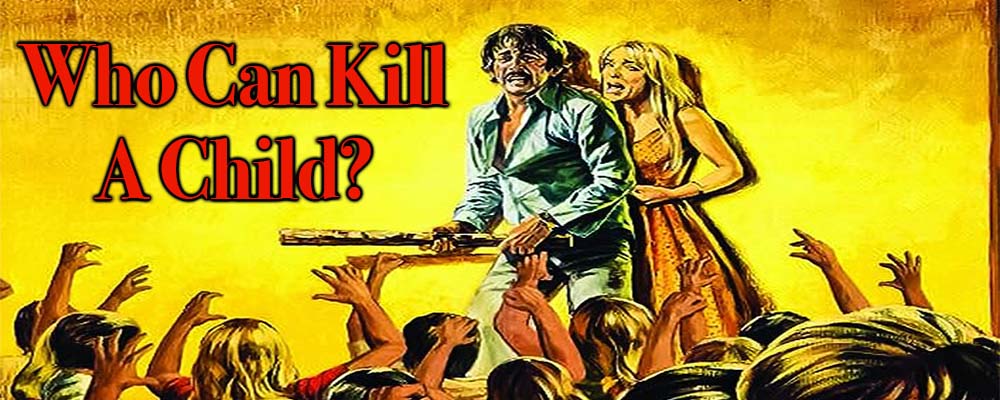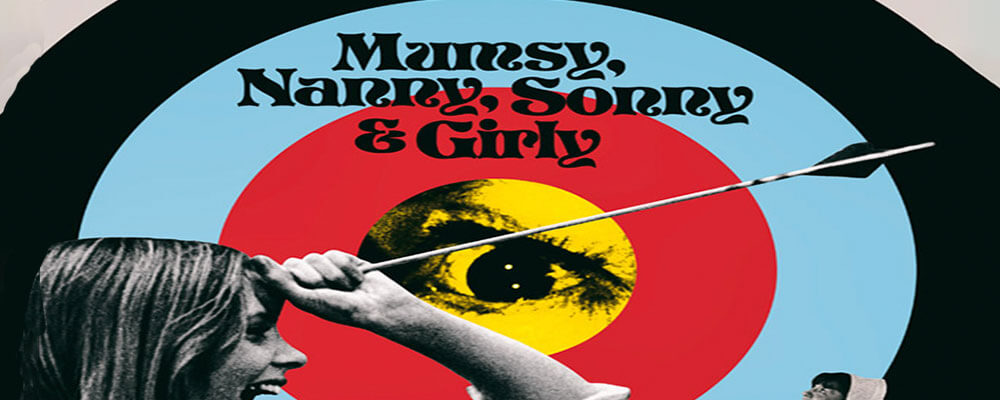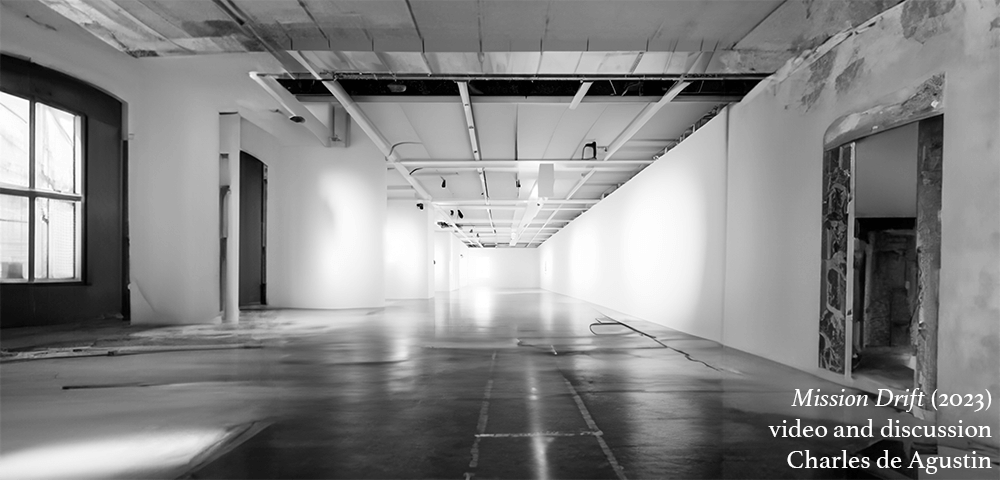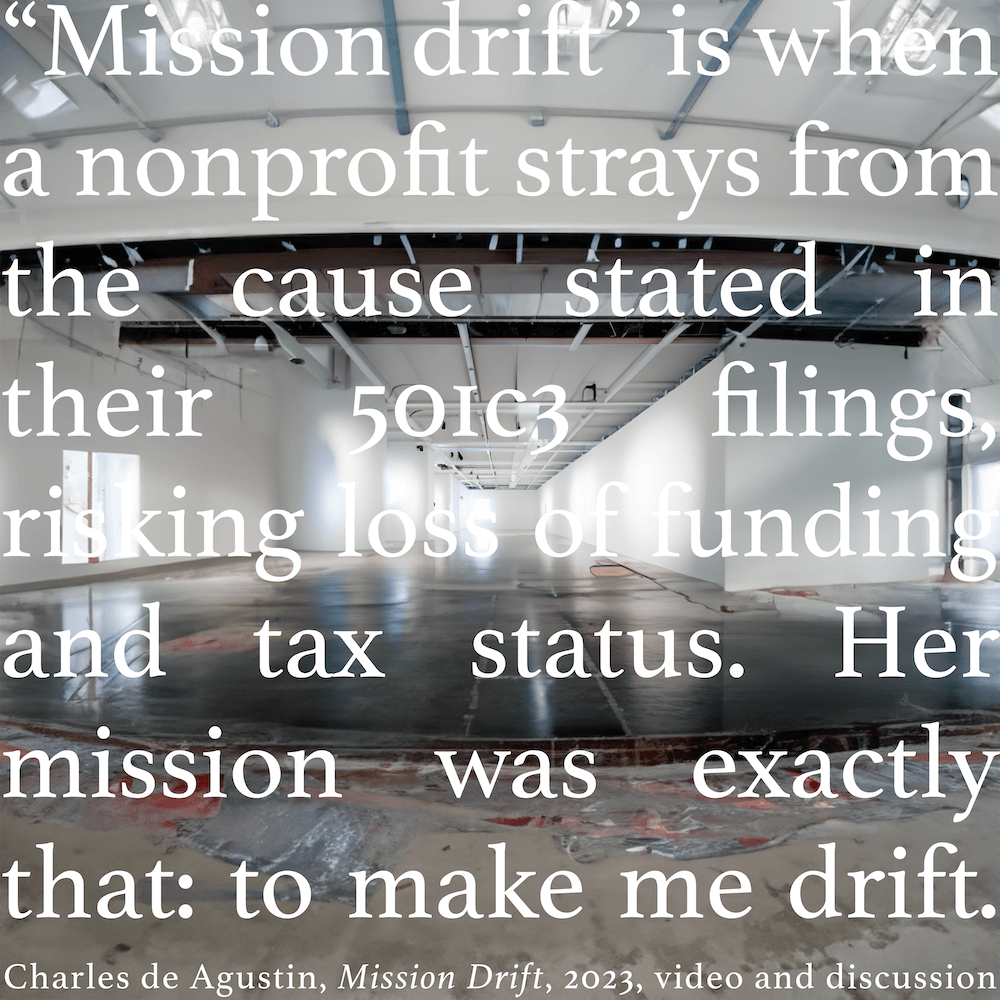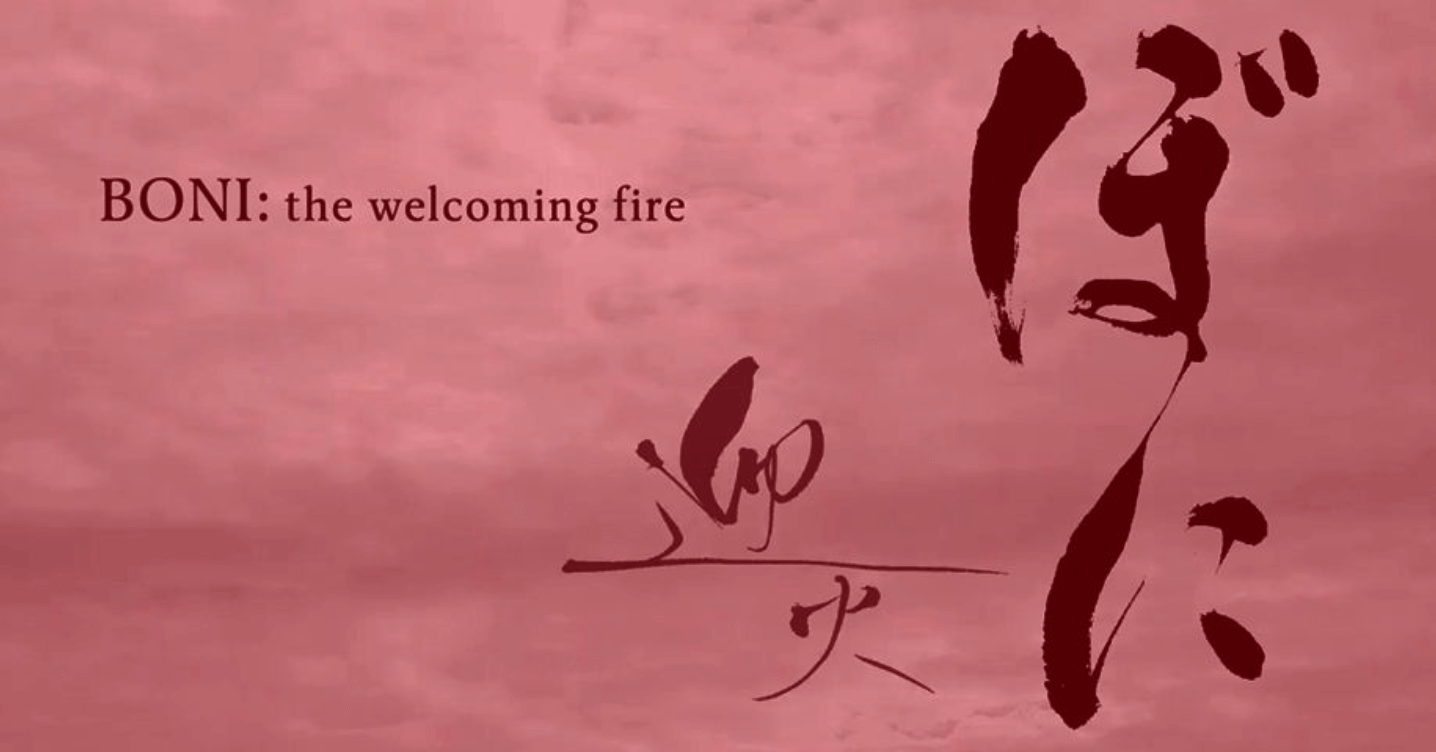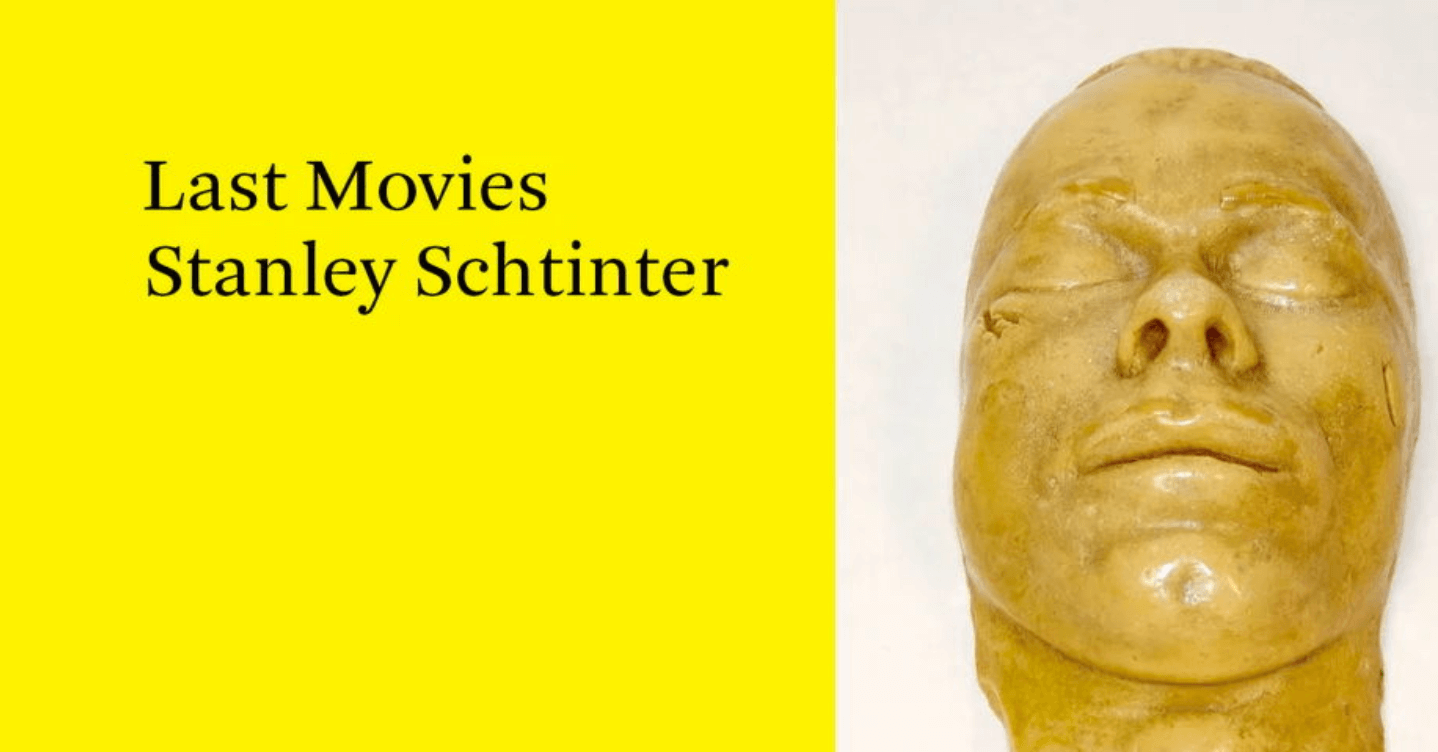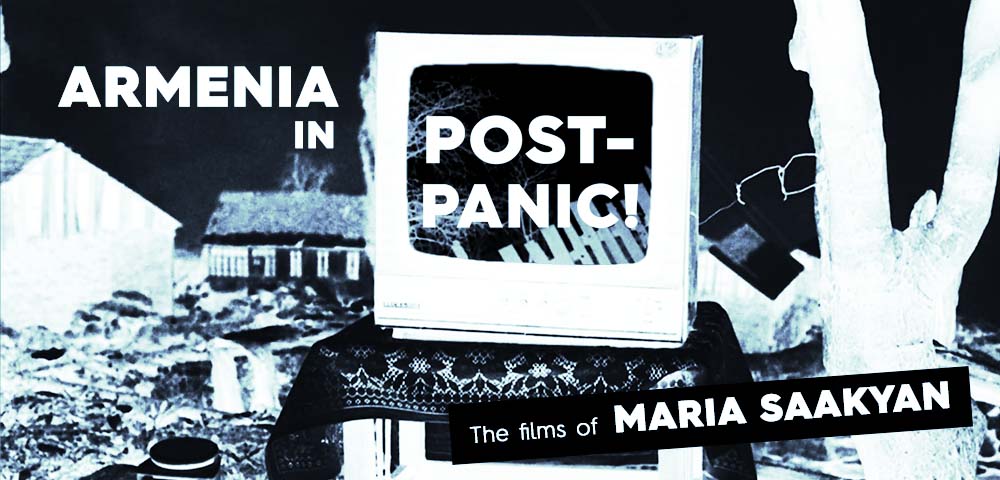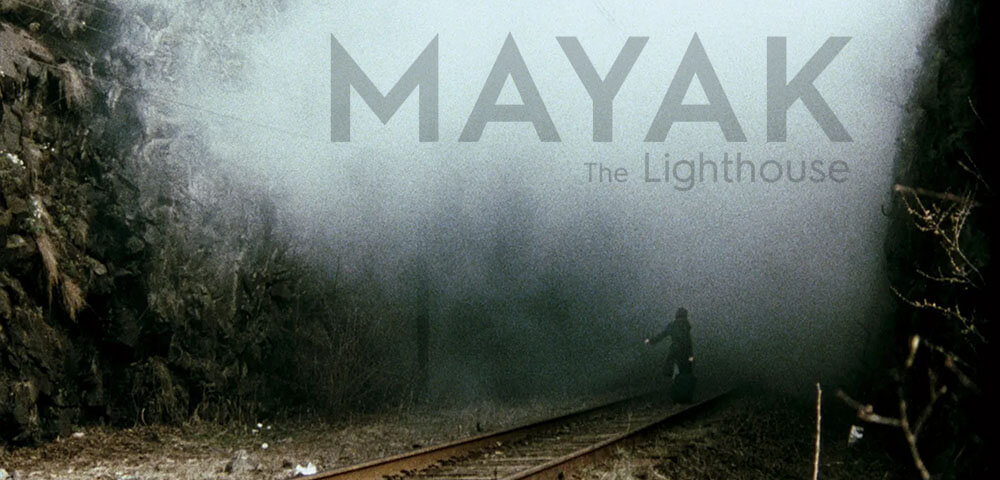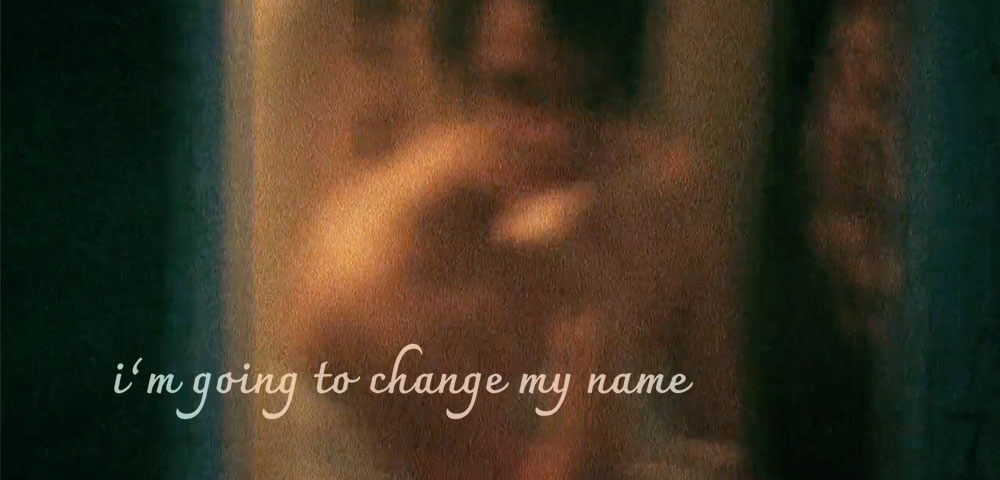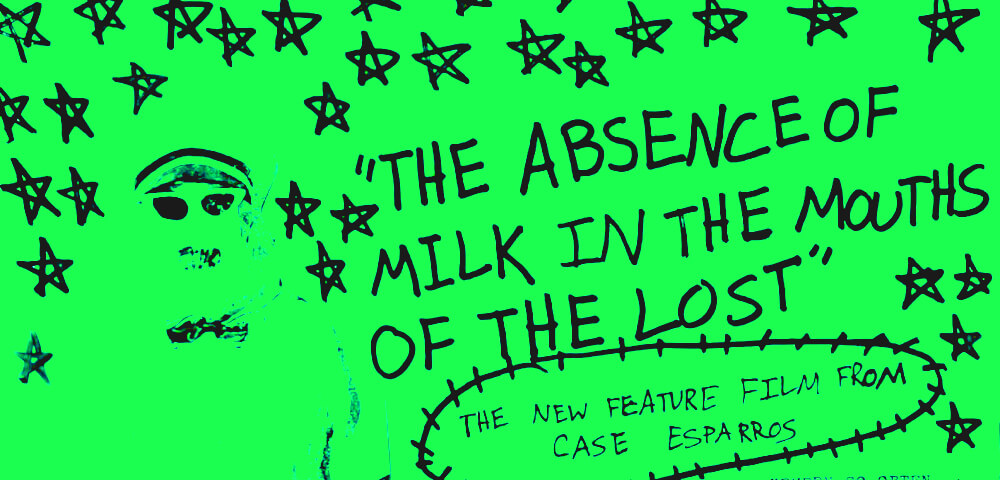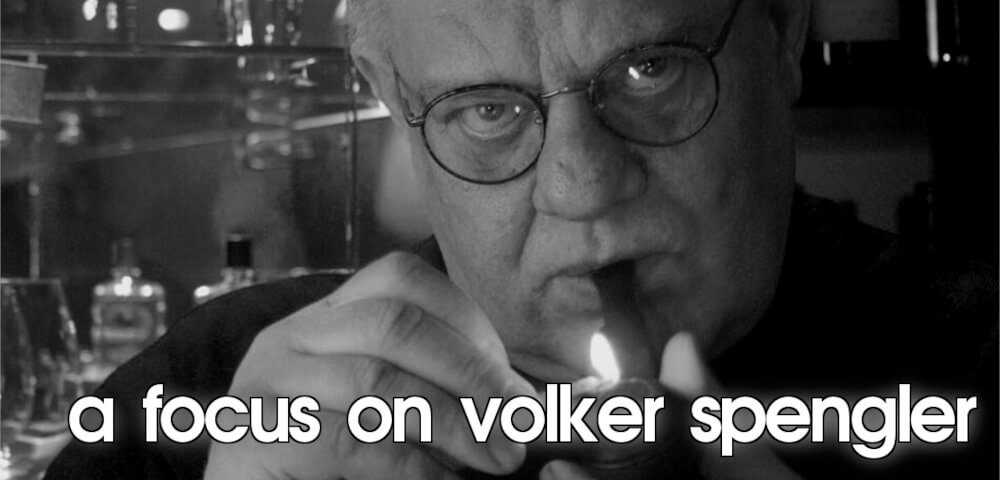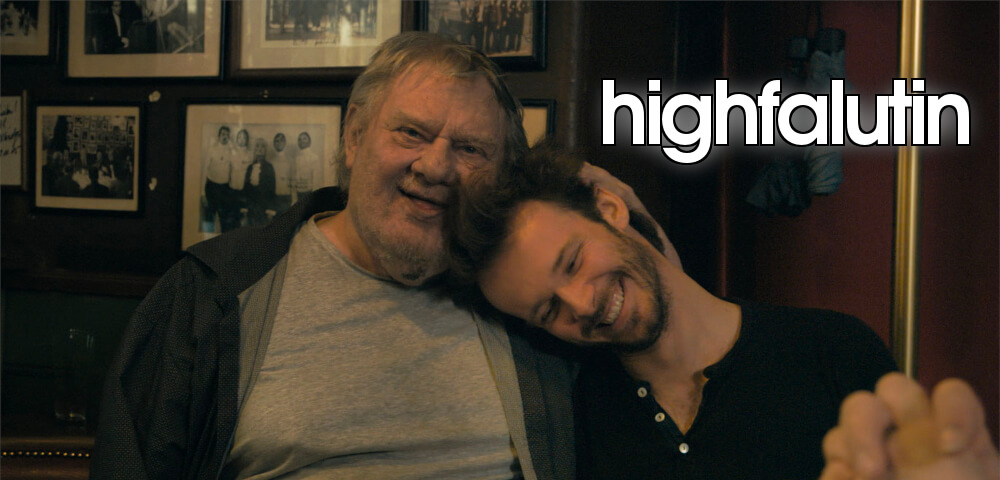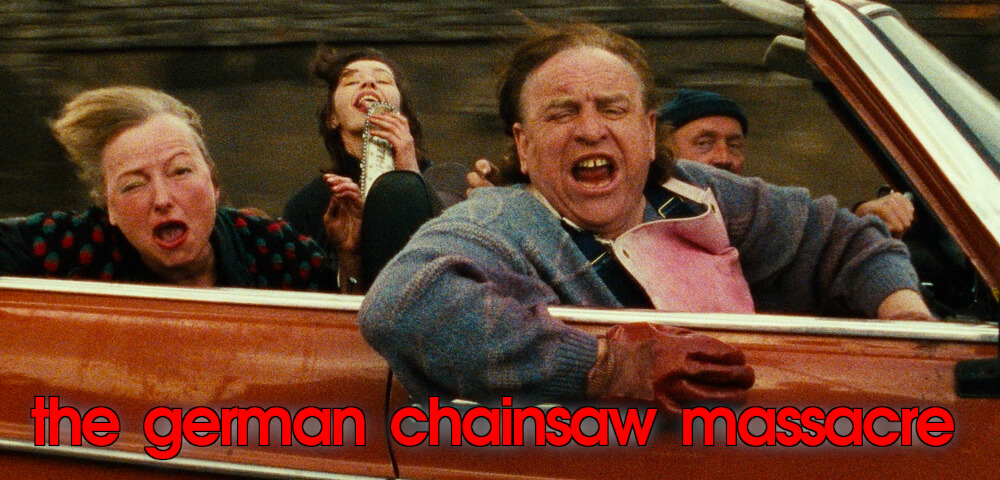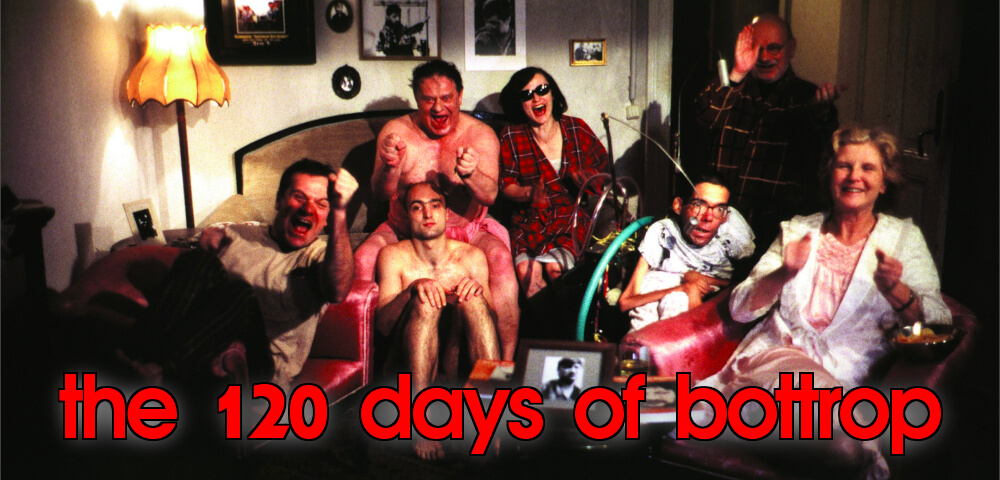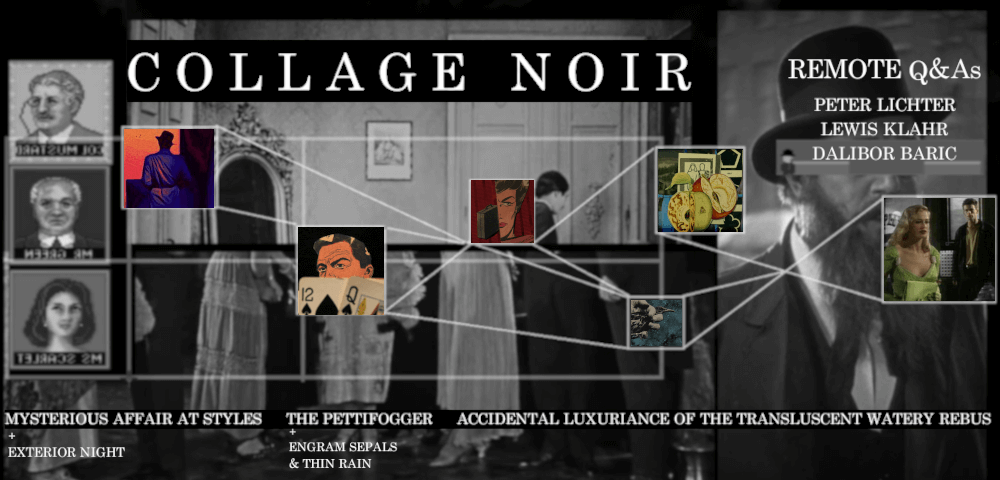
“It is important that your investigation ends with the question, rather than the answer.”
Mopping up the carnage left by last month’s SPECTOBER, Spectacle is following up its COLLAGE HORREUR series with COLLAGE NOIR, a selection of brooding, introspective, and nihilistic experimental capers and detective films befitting our annual NOIR-VEMBER marathon and in no short supply of trench coats, cigarette smoke, window shades, urban decay, thievery, betrayal, infidelity, fatalistic monologues, and murder.
Following up on last month’s screening and discussion of THE PHILOSOPHY OF HORROR, Hungarian filmmaker Péter Lichter returns with the North American premiere of THE MYSTERIOUS AFFAIR AT STYLES, an Agatha Christie adaptation exploding with a phantasmic suturing of early cinema and desktop documentary. Screening with Lichter’s feature is the crime novel and noir film fantasia EXTERIOR NIGHT by Mark Rappaport, who was the subject of a Spectacle retro in 2018.
Croatian animator Dalibor Barić, whose collage horror shorts graced the theater in October, also returns with ACCIDENTAL LUXURIANCE OF THE TRANSLUCENT WATERY REBUS. Barić’s first feature is a psycho-spelunking paranoic ego-fuck that fuses noir and sci-fi into an experience that can be described in short hand as ALPHAVILLE on DMT.
We are also delighted to be hosting the work of collage film pioneer Lewis Klahr with his 1963-set crime feature THE PETTIFOGGER, preceded by two shorts: the black and white ENGRAM SEPALS projected on 16mm and the world premiere of THIN RAIN.
As in October, each filmmaker will be tele-present for remote Q&As throughout the month.
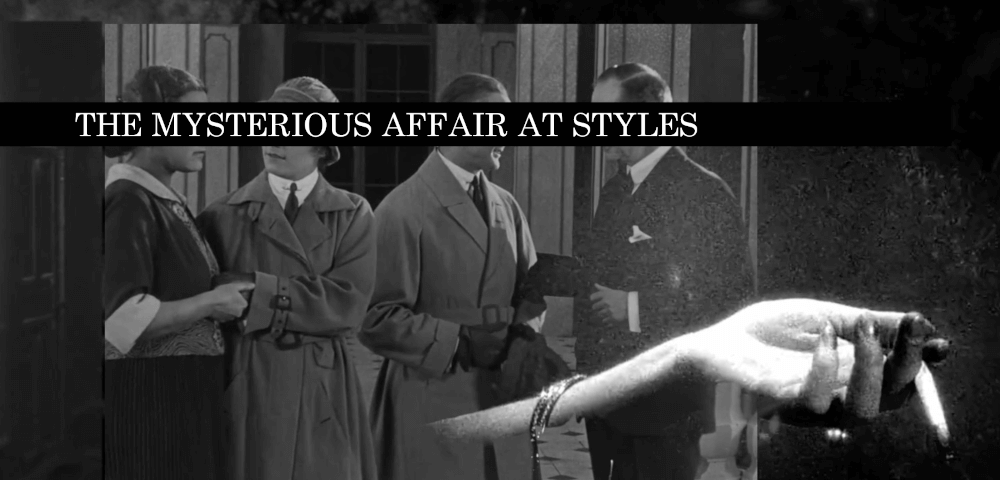
THE MYSTERIOUS AFFAIR AT STYLES
dir. Péter Lichter, 2022
65 mins. Hungary.
In Hungarian with English subtitles.
SATURDAY, NOVEMBER 4 – 5 PM ($10 w/Q&A)
SUNDAY, NOVEMBER 12 – 7:30 PM
SATURDAY, NOVEMBER 25 – 7:30 PM
TUESDAY, NOVEMBER 28 – 10 PM
TICKETS HERE
Undoubtedly the better of the two films featuring detective Hercule Poirot to screen in the United States this year, Lichter’s latest foray in appropriation filmmaking adapts Agatha Christie’s 1920 murder mystery of the same name through a combination of intermedial elements such as classic silent and early sound films, video games, Excel spreadsheets, Google street views, and other software tools. The result is a dizzying black and white array of overlapping split-screens that simultaneously reconfigure a century’s worth of analog and computational visual artifacts. At times overwhelming by design, this retelling of Poirot’s first case never obscures the grisliness or wit of Christie’s tale.
Lichter will be joining us again for a remote Q&A on Saturday, November 4 after the 5pm screening.
Screening with:
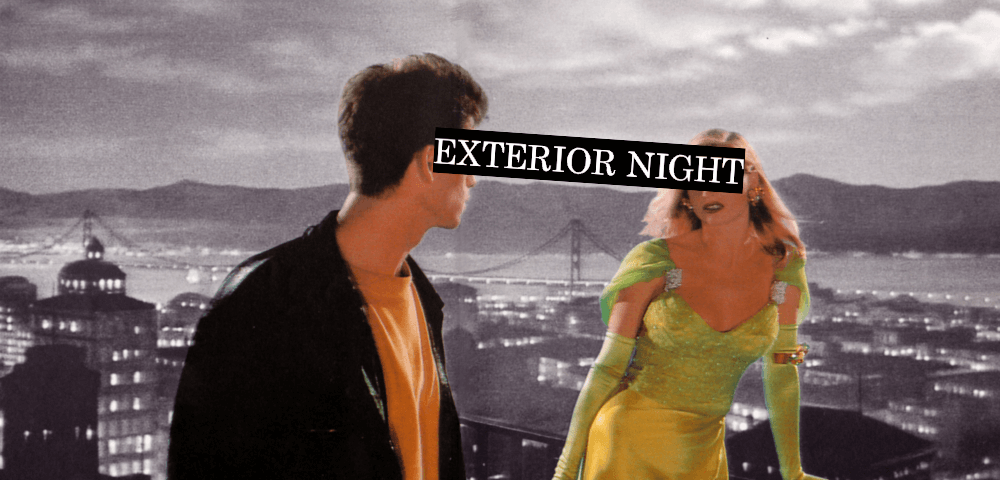
EXTERIOR NIGHT
dir. Mark Rappaport, 1993
36 mins. United States.
A hard-boiled melodrama, EXTERIOR NIGHT is an ironic and sentimental ode to the intoxications of film noir. Shot in color over black and white backdrops from studio classics such as THE BIG SLEEP and STRANGERS ON A TRAIN, a young man explores his dreams to unravel an inter-generational mystery surrounding the death of his elusive gumshoe-turned-mystery novelist grandfather, Biff (David Patrick Kelly).
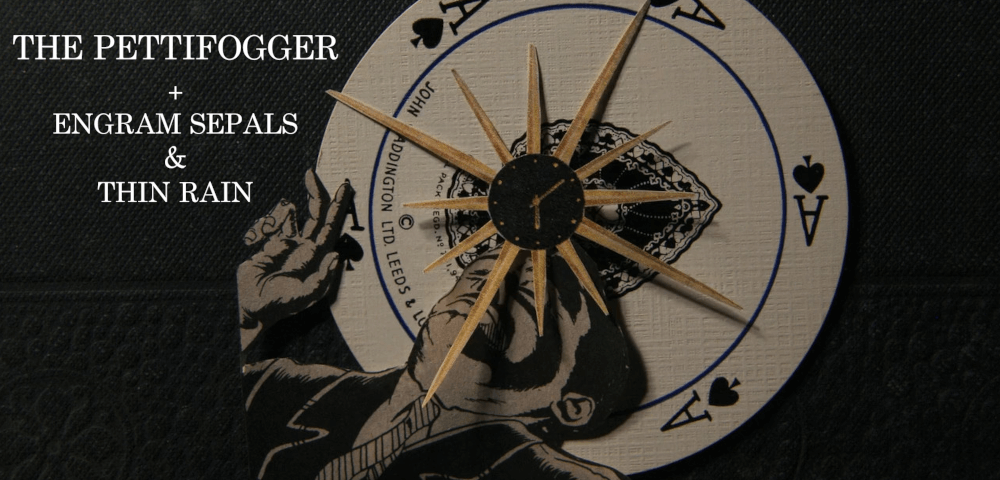
THE PETTIFOGGER
dir. Lewis Klahr, 2011
65 mins. United States.
SATURDAY, NOVEMBER 11 – 7:30 PM ($10 w/Q&A)
TUESDAY, NOVEMBER 21 – 10 PM
FRIDAY, NOVEMBER 24 – 7:30 PM
TICKETS HERE
“A year in the life of an American gambler and con man circa 1963. A diaristic montage full of glimpses, glances, decaying ephemera and elliptical narrative. An abstract crime film and, like many other crime films involving larceny, a sensorial exploration of the virulence of unfettered capitalism. An impressionistic collage film culled from a wide variety of image and sound sources that fully exploits the hieroglyphic essence of cutouts to ponder what appropriation and stealing have in common. Definitely the longest continuous film I’ve ever created.” —Lewis Klahr
Preceding each screening of the PETTIFOGGER are two of the filmmaker’s other noir-inflected shorts, ENGRAM SEPALS and THIN RAIN, which will receive its world premiere on Saturday, November 11th. This screening will be followed by a remote Q&A moderated by curator, critic, and filmmaker Paul Attard.
Screening with:
ENGRAM SEPALS
2000. United States.
6 mins. 16mm.
“The dead body remembers. The Tibetan book of the dead meets film noir. An elliptical narrative of adultery and corporate espionage set to a score by Morton Feldman and shot in high contrast B&W. There’s a glimpse of Eternity in those deep, luminous blacks. The title film is from my feature length series ENGRAM SEPALS (Melodramas 1994-2000) which traces a history of American intoxication from World War 2 to the 1970’s.” —Lewis Klahr
THIN RAIN
2023. United States.
15 mins.
An amnesiac noir and city symphony, Klahr’s first black and white film in almost a decade, contemplates inner and outer voids; an opaque consciousness and the decaying civilization it finds itself within. The film’s trench-coated protagonist is a walking shadow, a lonely silhouette that traverses painted and photographed cityscapes of 20th century New York City. The impressions and atmospheres invoked recall the late Peter B. Hutton’s NEW YORK PORTRAIT, to whom the film is dedicated.
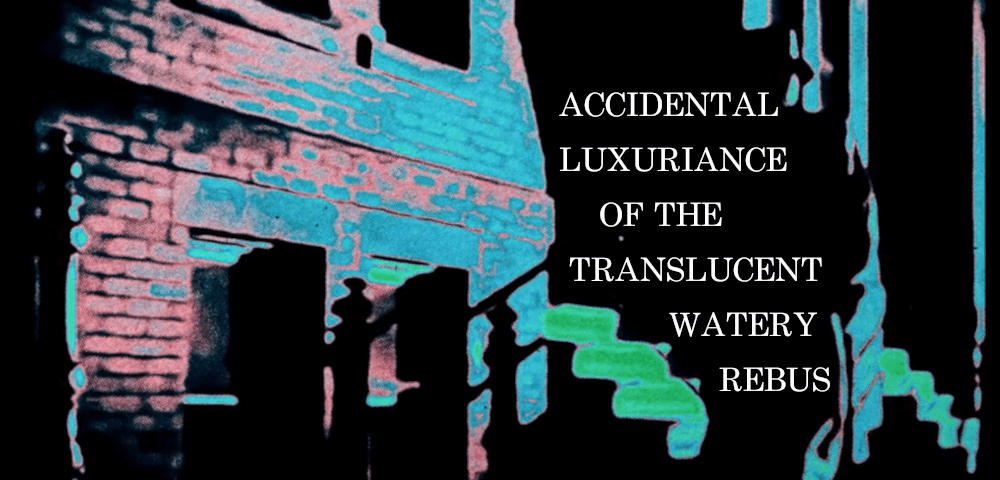
ACCIDENTAL LUXURIANCE OF THE TRANSLUCENT WATERY REBUS
dir. Dalibor Barić, 2020
81 mins. Croatia.
In Croatian with English subtitles.
THURSDAY, NOVEMBER 2 – 7:30 PM
SATURDAY, NOVEMBER 11 – 10 PM
SATURDAY, NOVEMBER 25 – 5 PM ($10 w/Q&A)
THURSDAY, NOVEMBER 30 – 7:30 PM
TICKETS HERE
Barić’s first feature-length animated film is the abstract chronicle of a couple, pencil-pusher Martin and conceptual artist Sara, as they attempt to break out of a future dystopian surveillance state. At their heels is the ambivalent Inspector Ambroz, who pushes the case forward despite a mounting existential crisis. Relentlessly polychromatic and hallucinatory, the film’s modulated, fragmented images and cryptic voice over narrations recall the often murky and worryingly uncanny qualities of AI-generated art. In line with noir’s signature pessimism, REBUS imagines a world where the deepest recesses of the human mind have all been thoroughly externalized and everything rendered predictable. A hope granted in viewing the film is that at least some creativity can be found from excavating the cultural wastes.
Special thanks to the enormous generosity of Dalibor Barić, Lewis Klahr, and Péter Lichter. Additional thanks to Paul Attard and Nate Dorr.
